Life Changes
It would be wrong for me to give the impression that all we (I) do is inspired with a dynamic that has a power to carry the idea as a concept through to actually making something happen in its three-dimensionality. Inspiration is mostly an idea you have about something you want to achieve that goes beyond just the bright idea, thought, or dream to a place of actually making it happen. That can be just about anything you might dream up because the release of chemistry in the brain didn’t stop at the dream or thought part but somehow went on to develop and equip you to take the extra steps to make, write, draw, paint, bake or whatever. We tend to look at successful people as the developers of something that generated masses of money, influence, power and all types of wealth in large and small amounts. Seldom do we see or even recognise it as achieving simpler, more modest levels of pure, unalloyed self satisfaction. But the concept of an idea transitioning to a higher level is to see and recognise that that inspiration carries with that thought or idea the dynamism to make change happen in positive and inspirational ways — that it’s more than merely an idea alone but one that’s more backed by the power that makes everything happen.
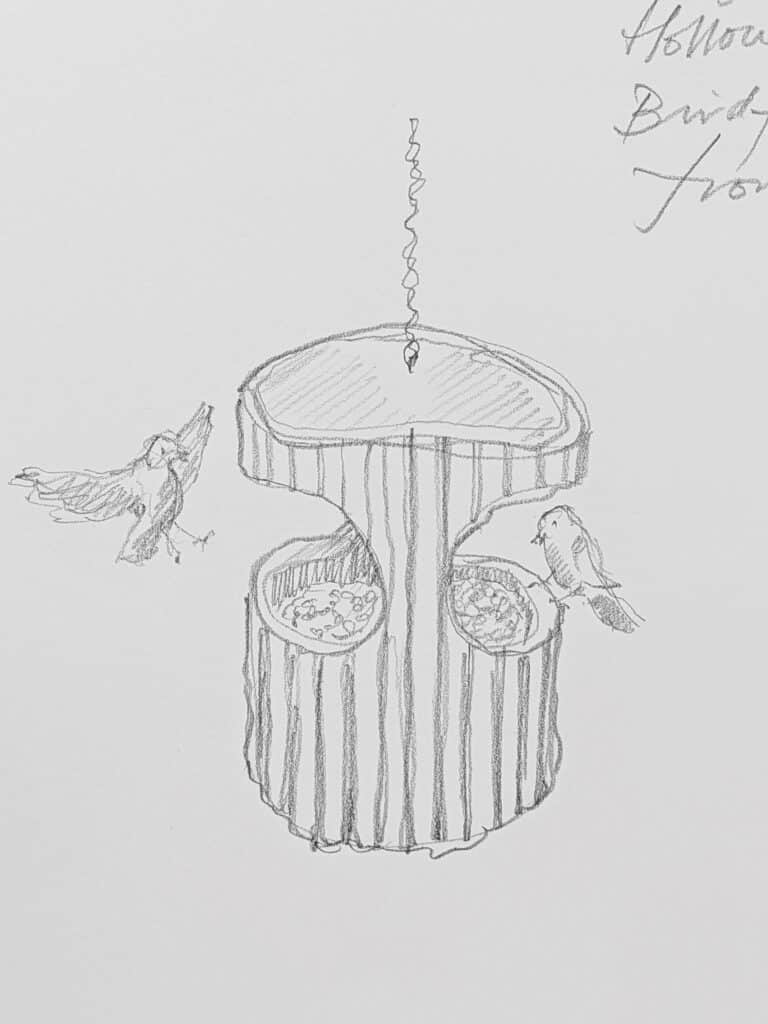
Starting our woodworking masterclasses videoing was a combination of thoughts by two or three people. In my world of making, I have often been nudged to take an extra step not because I wouldn’t or didn’t want to or that I faltered, no. It was because I might have missed the urgency of the need of it, or I didn’t have something to make it happen. A business I started back in 1988 or so was a birdhouse and birdfeeder manufacturing business. It was a major step away from the comfort world I knew best of furniture making but the simplicity of making a log into a birdfeeder or birdhouse with half a dozen cuts on a bandsaw came within a single minute. A man asked me how I designed something. I picked up a short limb of firewood from the woodpile in front of him, took it to the bandsaw and a minute later held a wishing-well birdfeeder in my hand for him to see. A week later I made the first quantity production of them and sold them to a birdfeeder and birdhouse mail-order catalog company called Duncraft in New Hampshire. They sold many a hundred every few weeks and through that singular situation, I provided for my family finances for ther coming years.
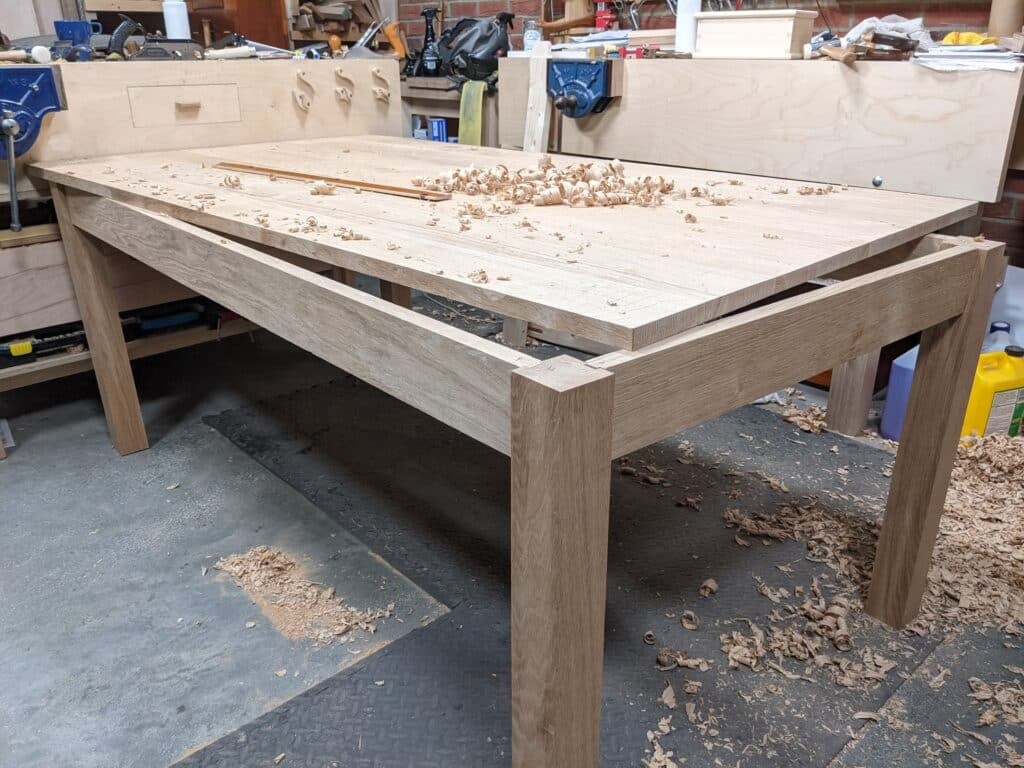
Ideas in action like this crossover the limits and constraints we might have in our lives to reject anything that might be what we perceive to be risky. Risk almost always carries with it the connotation of fear, fear of losing something, fear of failing to succeed, wasting time, not carrying something through, fears of losing money, materials, support from others and so on and so on. Had I not trusted my heart and mind throughout the years of working as I have with my hands and mind, others would most likely have suffered along the way. Who actually knows the outcome of such a thing we will never know.
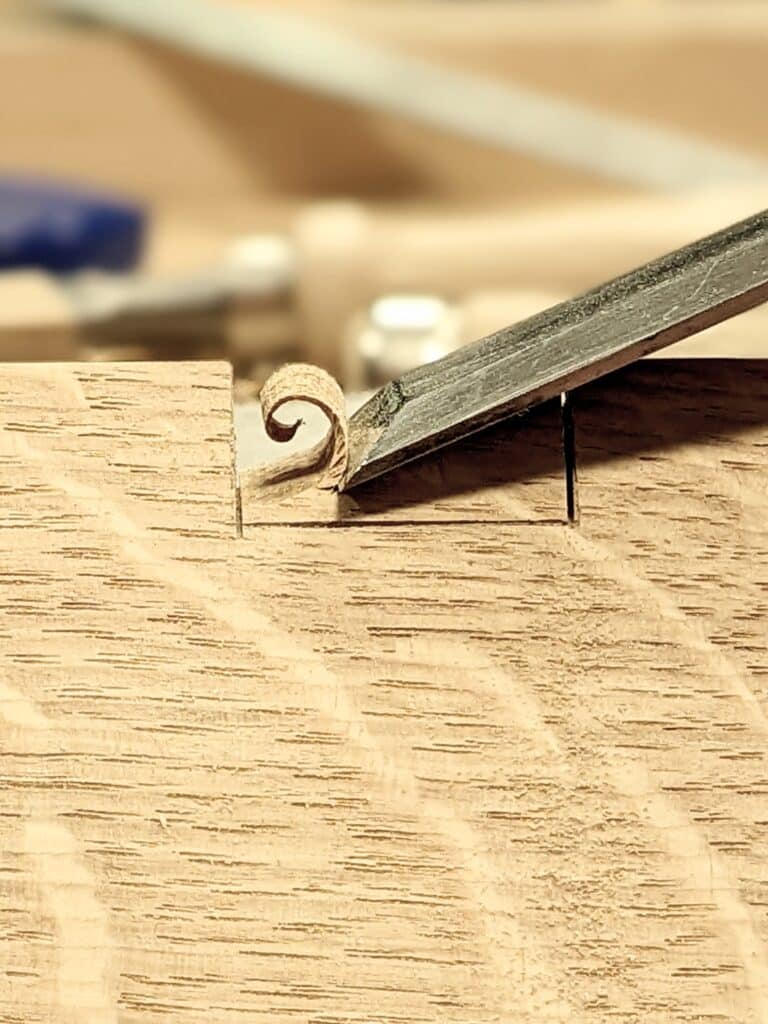
On many of my projects through the years I have had to reconsider my own perceptions of success. A success for anyone is often if not mostly measured in monetary return. How much you are paid as a wage, for a piece you made, what you have in the bank and I think we often boast in someone else’s success by quoting something read about the worth of someone considered to be a self-made person. We admire billionaires flying into space as proof of their entrepreneurialism; their forward thinking becomes a status of their abilities to escape the gravity most of us must face in the day to day gring of just making a living. In my realm, it might be successfully completing a half decent pen and ink drawing or designing a good router plane. Can I be measuring my own success by others accepting the drawing as good or the router plane for its financial return when I sell parts for it to be made. Well, In my view, it was mostly about producing a drawing I can use as an illustration for a book and then to an illustration to illustrate what I am trying to say here in this blog. The router plane success was in giving my audience worldwide a means to making and owning their very own top quality, fully functioning router plane that they made with their own hands.
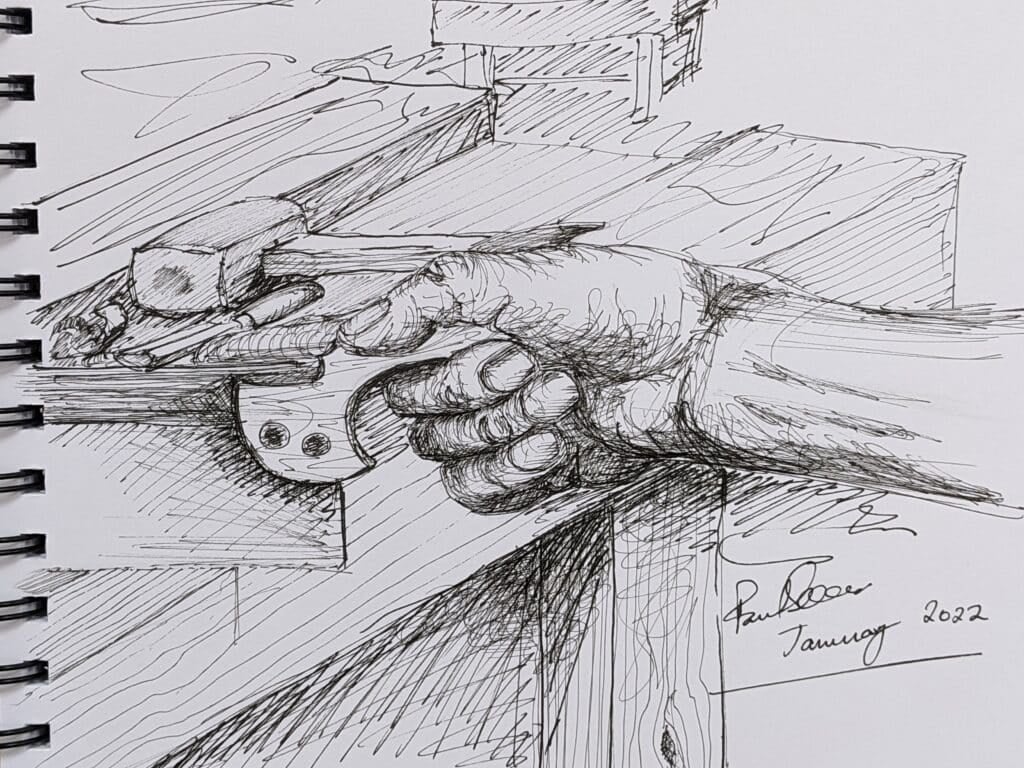
I have thought a great deal about dining tables that have mortise and tenons meet at the external corners. Why? Well, in 95% of cases this intersection is as successful as it gets. The joint holds up well, is strong and resilient and will indeed support great weight under the most demanding of uses that the table is put to. You might have noticed a fairly common thread throughout the Sellers’ home furniture pieces I have been making at the house. Four of the major pieces have glued-up laminated components and all of these laminations have been done to add strength to the pieces to withstand the rigours of family living if a piece needed it. The remaining weakness of cornered mortise and tenons lies not so much in the joint chosen but the stresses that occur through life in use, house moving, missuse and more.
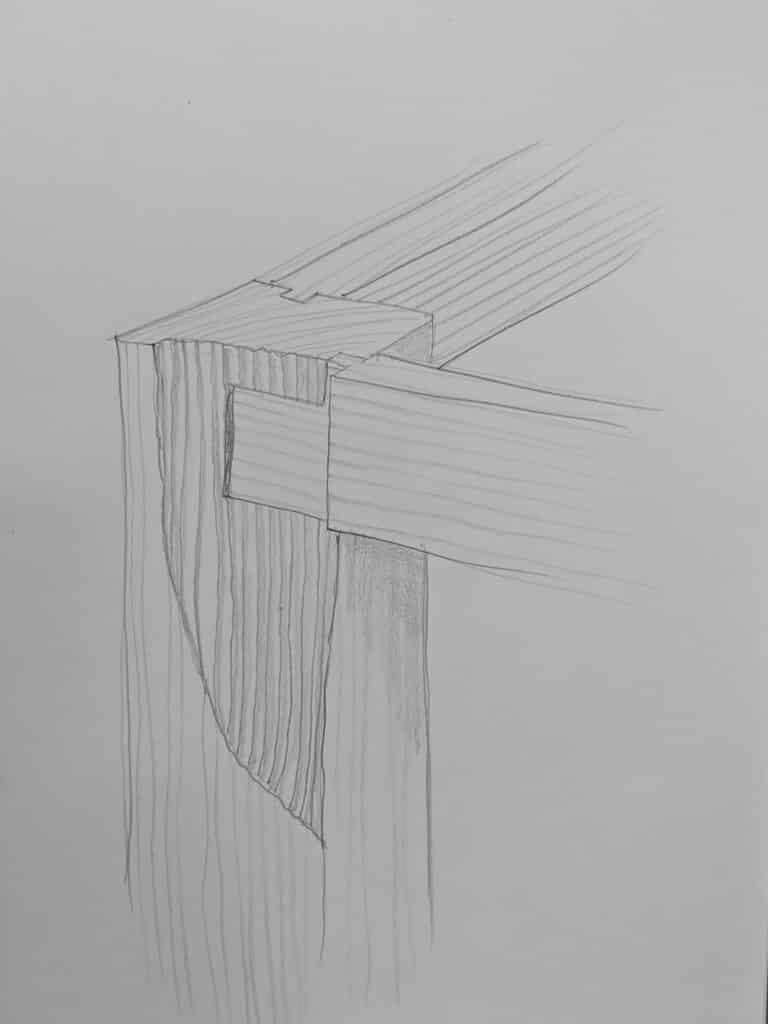
I have made repairs to tables where the outer face of the leg around the tenon area has split off altogether, leaving the tenon exposed. This can also be worsened by the use of pegs because the continuity of the grain is drastically lessened when you bore a half inch hole through the leg and shoulder. Add to that the reality that you are driving a peg into an offsetting of holes in the leg and apron tenon and you better understand what I am talking about. The issue with dining tables surrounds the reality that lower rails running parallel to the apron rails get in the way of legs and feet. Pulling and pushing dining tables of heavier quality and especially on carpeted floors can tend to apply excessive pressure on the joints and this is the reason breakage takes place the most. Transporting tables in removals also causes damage as they are sometimes stood on end for removal, storage and such.
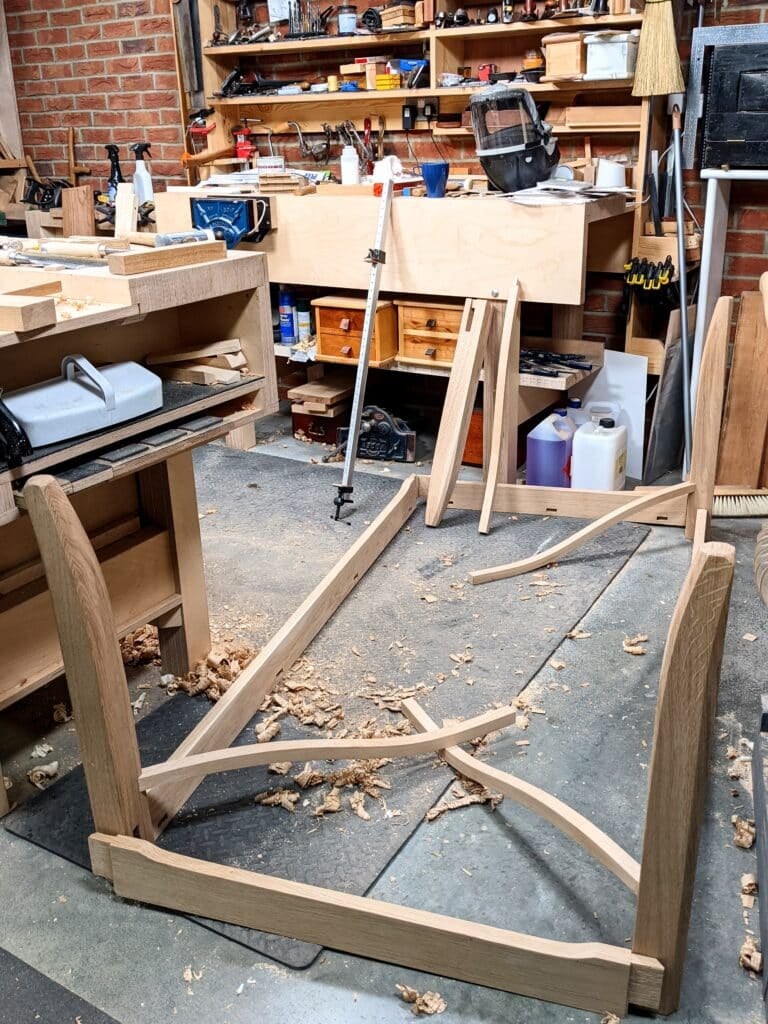
Combining the laminations with fox wedging to the diagonal bracing, creating a triangular geometry, etc gave me an increased strength and resilience I felt would project my design into a long-term future of daily use with longevity planning — an exact opposite to pieces made with built-in obsolescence whether intended by the manufacturers or not. One thing I like the most about my world of designing and making is that I can indeed think in such realms and find successes in the small things. It is more than likely that no one will notice what I have done let alone consider the reason behind the added work. I still will feel success whether they do or not.



Dear Paul
Happy new year.
I am looking to rearrange my rather small workshop, and have been looking at Youtube videos for ideas. I am amazed at how formulaic these videos are, everything to be done on chop saws, big table saws planer thicknesses etc. When you see the workshops rarely a saw in sight as for using hand planes! are they trying to turn people into machinists? people afraid they can’t saw square? let them start using your knife wall method. I bought a second hand Disston saw, it needed sharpening. My first tries were not that good, but its getting better.one of the reasons woodworking tennis etc are important is improving eye hand coordination; and it makes you happier and proud of your achievements
Hi Paul.
Thank you for your post. I really like your thoughts on success. It made me think of a “gift” my father has unknowingly been giving me for the past 20 to 25 years. He has likely be giving it to me longer but I didn’t notice it until my late 20s/early 30s. My father is very content with what he has. That might sound simple but at least in America it isn’t. We grow up in a culture of bigger and more, more, more. Not for my dad. He is genuinely happy and content with what he has and the life he lives. It’s impacted me in a positive way.
Sincerely,
Joe
Happy New Year, Paul,
After fits and starts and projects around the house (Total kitchen renovation – Made all the cabinets, myself!), several decks/porches and raised beds in the garden, I am addressing the disaster that my shop became. Having identified the “elephant”, I have started to eat it, one bite at a time. Every day is an accomplishment, a satisfying one. I have left my shop a little bit better that evening, than I found it in the morning.
I am reminded of the point in my life, when at the age 65, having just come through a divorce, move and having gained custody of my teenaged son, along with a total knee replacement, when I was rewarded by my employer of some 28-years by being laid off. I spent most of my time in the separation process, counseling other in my “graduating class”, some of whom had 40-years with the company, that they were valued for their skills and abilities…not their job position. Things worked out for the better. I went on to make a lot less money, but it was in a direction that I needed to go.
As woodworkers, are value is for our skills and the sense of accomplishment each day may bring. I know that my focus now is “getting my house in order”. I have until early spring, then, there are at least two raised beds needed in the garden, hoop house fitting out, and a garden shed to build.
Best regards,
John
Wow, what a wonderful post. Every line either polished the current though or brought forward a new idea and no words were wasted. The density of ideas everything from the philosophy of inspiration and creativity to how to foresee and account for abuse of the dining room table! Awesome! Thanks!
Happy New Year Paul!
You have designed a very nice dining room table. A design that combines esthetics and clever engineering to make a beautiful, functional and solid table. It will also provide nice leg room to everyone sitting around the table.
Congratulations!
Using fox wedging is permanent then? I have used a wedge to tighten pegs on a coat rack where the peg shrank and became loose. I made a kerf in the bottom of the peg and made a wedge that stood proud. Then added a bit of glue and drove the peg home into the blind hole they have never loosened over 25 years of daily use and swings in temperature and humidity.
Not quite a fox wedge I suppose because the hole was just oversized due to the pegs shrinking.
I have done the same thing to repair round chair tenons that had a blind hole, those have stayed together as well.
I have completed making not one but two of your router planes, I couldn’t wait for your parts but successfully purchased all the parts through EBay and a local tool steel supplier.
I had enough tool steel to make three tools and one I ground to make a 6mm end for narrow dados for 6mm plywood.
I would like to post the pictures of them but I dont think this platform will allow photos.
Thanks Paul for your helpful videos I now have two excellent Router planes which are sharp perform well and an excellent addition to my tool collection. I also learnt how to temper the 01 steel, a first for me.
It’s funny, I just glued up, and offset pegged, my first table legs. I certainly see room for improvement, but most of it was done with hand tools. A friend of mine wanted me to use his powered mortice machine to help out but I told him I wanted to learn the skills. The table base is 8”x46”. The top is a piece of our 18th century house part. 10” x 48” . A weird size but my wife wants it for a plant stand next to the window. It does stand up well! Now I need to figure out how to attach the top to it. I haven’t got that far yet. Interesting coincidence that the blog touches on my project.
It seems that the main types of wood used to build our old house were Hemlock and White pine. Some of the hardwoods were Beech Maple and Oak. All produce beautiful leaves in the Fall. I think some of the pins they used in the Timber-frame construction are from a small tree called Ironwood or Hard Ack. Hard Ack is a heavy and dense wood that is a hot burning firewood. Many people say one should never burn Hard Ack by itself because it could melt your grates in the stove.?!
Thank you Paul. I thoroughly enjoy everything from your musing to making.
My sister asked me to make a coffee table for her family. She wanted it to have a removable top with a space for puzzles, a drawer for remotes, and convert to full height for extra dining space. I unveiled it on Christmas day and they loved it. However they asked if I could add a drawer to the other side as well. I planed the pieces and cut all the joints in full view of everyone, often saying, “Paul teaches…”or “Paul says…” prompting them to ask, “Who is Paul?”
I had a quiet confidence in my ability to complete the task and I owe that to you. I thought I should tell you, that unbeknownst to you, you taught a guy from Florida (US) skills that he used to make a generational table for his sister’s family (and many other things for other family and friends).
I’ve also started teaching my 8, 13, and 15 year old nephews.
God Bless, Jim Vonderhaar
Paul,
I look forward to learning your design of the table. The geometry used, joints, etc. The thing I like about your methods
& designs are that they are clean & simple yet practical.
You are right furniture for a family’s house should be strong and last a long time. My wife & I have been together since we were 18 yrs young. Married at 28. Before we were married when I had an apartment and lived alone in my 20’s I wanted to buy furniture that we could have and use when we eventually would move in together. Till this day, our kitchen/dining room table is the one I bought it when I was 20 yrs young. I just turned 45 only a few days before your birthday, so we’ve had it for 25 yrs now. It is Malaysian gum tree of some sort. I forget the exact species. I bought it at a store that has all but gone out of business here in New England called The Mill Store. I look forward to building the table you have designed that might one day be used my our children.
All for now, all the best.
And thankyou for being so selfless